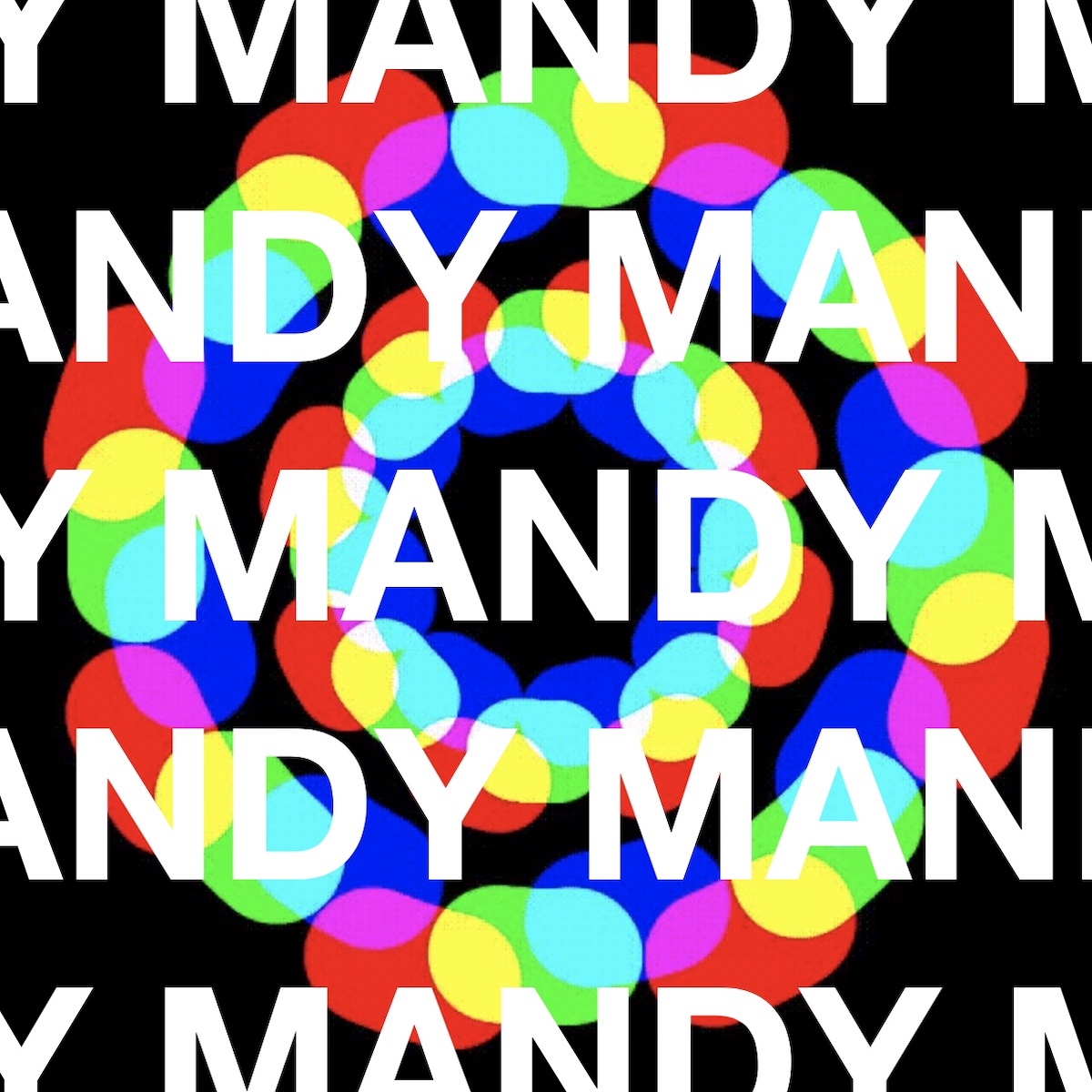Matryca
 mandybrigwell11/11
mandybrigwell11/11
The canvas is split into small squares, separated by gridlines of uniform thickness. Each square is filled with a repeating pattern of dots. Rotation is applied, and some squares are inverted.
Features:
Granularity - a larger granularity means the dots are likely to be larger. There is still a chance of small dots within a grid, but they become less likely as granularity increases.
Grid size - A simple one; the number of squares. Mid-range values are more likely.
Inverse probability - The likelihood that a particular square will be white-on-black rather than black-on-white. Equal numbers are slightly more likely.
Grid lines - These can be black, white or grey. They are most likely to be grey.
Grid spacing - The distance between individual squares.